I’ve been in and out of the lab in Brighton this week working on mastering the exhibition prints.
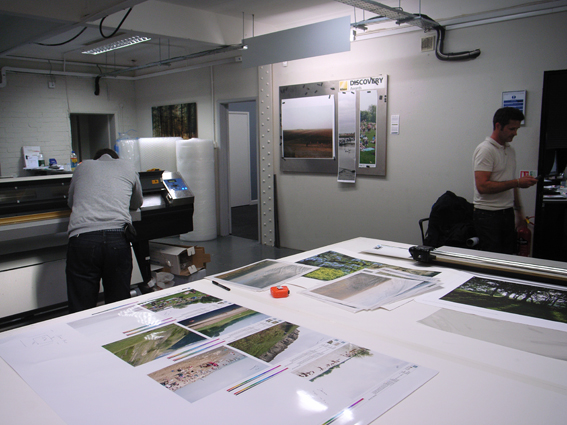
I’ve decided on 50×40″ (125x100cm) prints – see test strip on right – it will also have a 3″ white border.
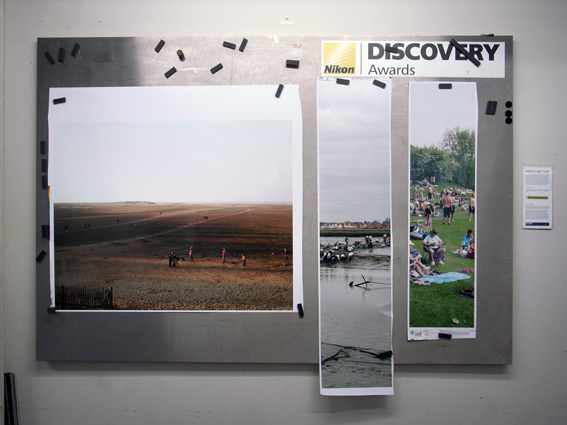
We’re printing onto Fuji Crystal Archive Gloss photographic paper on a Chromira 50†printer.
Posted in POST PRODUCTION | Comments Off on EXHIBITION PRINTING
i notice that a first edition of The English at Home by Bill Brandt (Batsford Ltd, 1936), was recently sold by Somer Books for £345. A reasonable price when you consider that Harper’s Books are currently offering a copy of this seminal photography book for $2500!
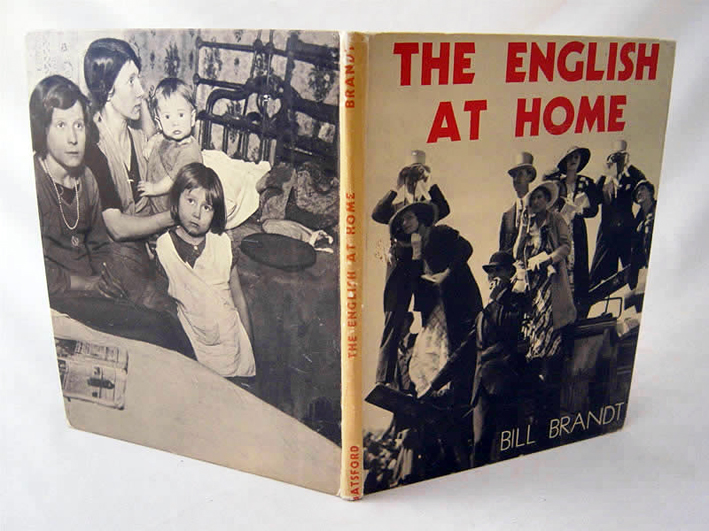
The English at Home was Brandt’s first published collection of photographs and provides a unique insight into the extremes of British society in the years immediately before the Second World War. In the mid-1930s such photo-journalism was very rare and the unsettling social questions raised by Brandt’s photographs rarely discussed. Brandt (1904 – 1983) became a regular contributor to Picture Post and Harper’s Bazaar and was famously commissioned by the Ministry of Information to photograph life in the London Underground bomb shelters during the Blitz.
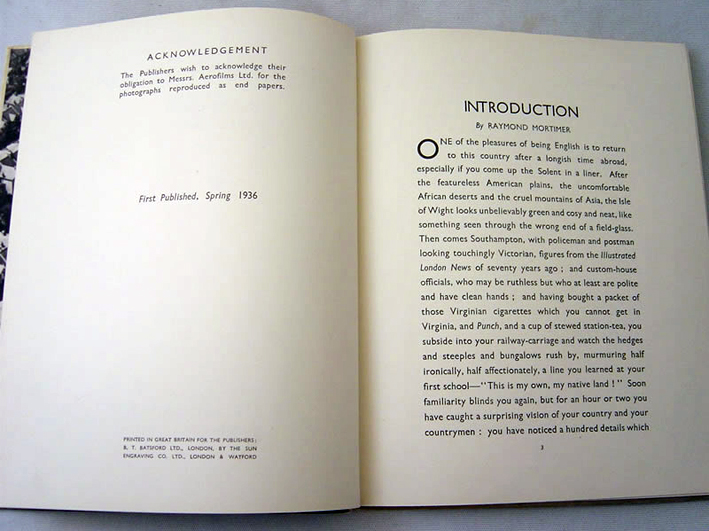
Brandt’s The English at Home opens with a delightfully ‘English’ introduction by writer Raymond Mortimer–
“One of the pleasures of being English is to return to this country after a longish time abroad, especially if you come up the Solent in a liner. After the featureless American plains, the uncomfortable African deserts and the cruel mountains of Asia, the Isle of Wight looks unbelievably green and cost and neat, like something seen through the wrong end of a field-glass. Then comes Southampton, with policeman and postman looking touchingly Victorian, figures from the illustrated London News of seventy years ago; and custom-house officials, who may be ruthless but who at least are polite and have clean hands; and having bought a packet of Virginian cigarettes which you cannot get in Virginia, and Punch, and a cup of stewed station-tea, you subside into your railway-carriage and watch the hedges and steeples and bungalows rush by, murmuring half ironically, half affectionately, a line you learned at you first school – “This is my own, my native land!â€
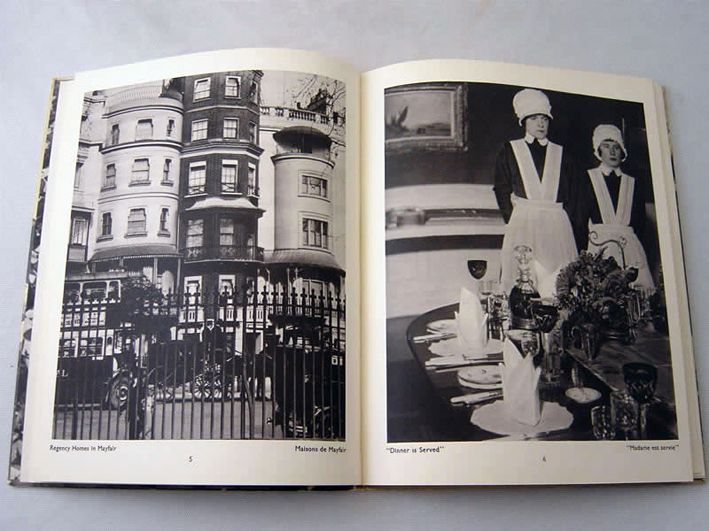
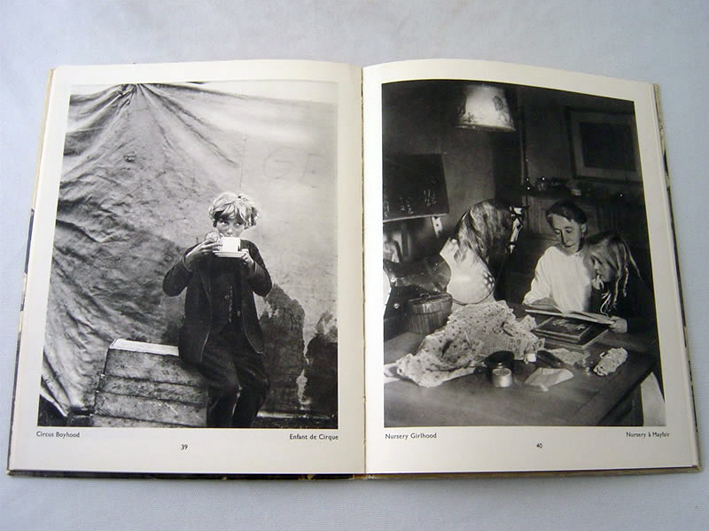
Brandt’s uncompromising style and eye for detail made him one of Britain’s most influential and internationally admired photographers of the 20th century his work influencing Robert Frank among others. He’s also cited as the grandfather of the British documentary photobook, and the proper context in which later work by Martin Parr, Chris Killip, Tony Ray-Jones and Paul Graham should be seen.
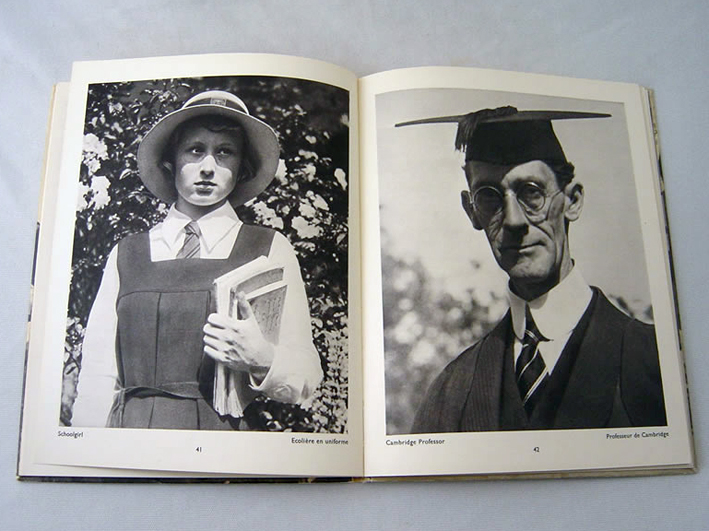
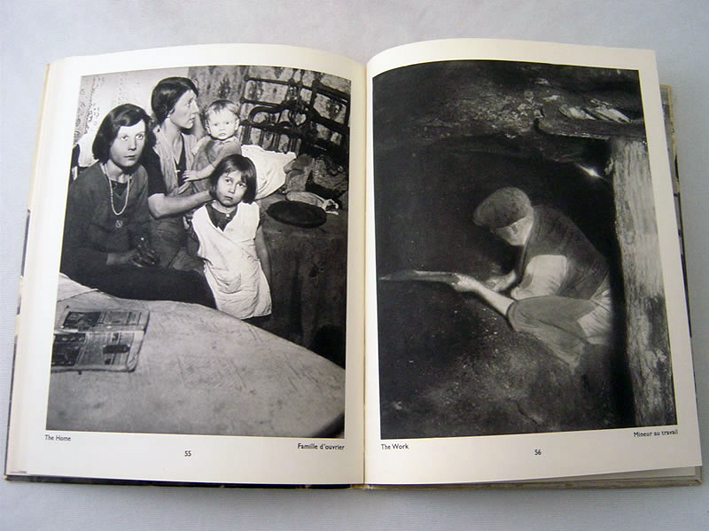
A celebration of “the English” or an expose of the country’s famously rigid class structure? This is the question David Levi-Strauss poses in his description of The English At Home in The Book of 101 Books. As Parr and Badger explain, having been raised on the continent, Brandt was something of an outsider in England. Despite his privileged background, though, he “managed to focus on the lower classes without the sense of condescension that frequently accompanied the Englishman investigating the lower order like an anthropologist examining a foreign tribe…. He photographed all classes with an unusual degree of sympathy, using the pages of his books to bring out stark contrasts…[that] were always pertinent and ha never quite been highlighted in this way before, or since. The images in The English At Home must have shocked readers who expected a cosy, conventional look at the old country.”
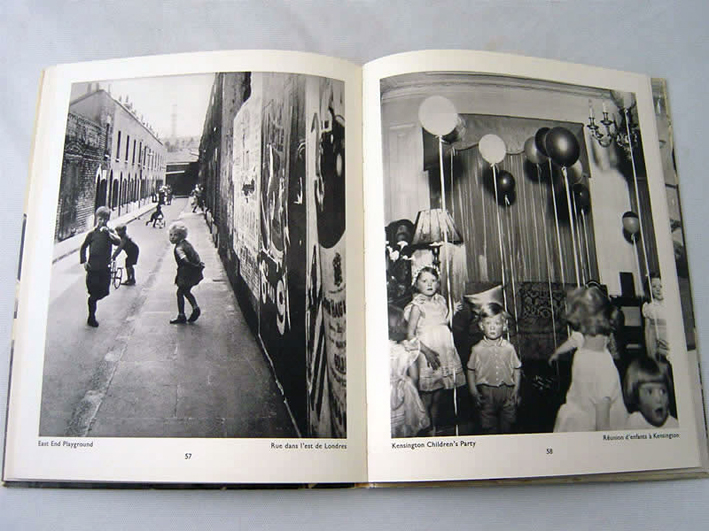
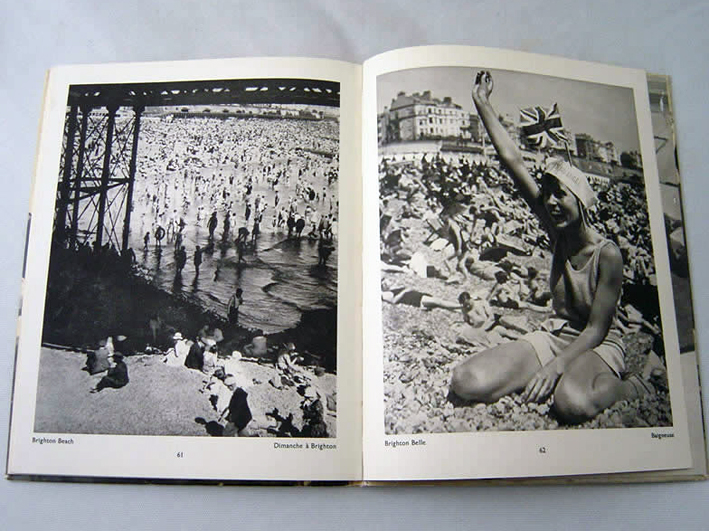
You can read a series of reviews and articles on the work of Bill Brandt here.
Posted in INSPIRATION | Comments Off on THIS IS MY OWN, MY NATIVE LAND!
As I mentioned in a previous post, it’s 75 years since Bradford-born JB Priestley wrote his classic English Journey, a snapshot of his travels around the country chronicling the thoughts of ordinary people. What did it mean to be English?
In last Sunday’s Observer, journalist Sarfraz Manzoor writes about his visit to Bradford – a city transformed by mass immigration, but cited in a recent survey for its essential ‘Englishness’ – and ask what that means today. Here’s a short extract from ‘Bradford reflects on many shades of Englishness’:
“My time in Bradford is drawing to an end. What I have found is a more complicated picture than I had expected. The city did feel divided and I can see why some whites could feel that much of Bradford more closely resembles Pakistan than England and are turning to extremist parties. And yet digging deeper I also found signs of hope in places like Saltaire Cricket Club. Things were rarely quite what they appeared. Ed, the chairman of the cricket club, was white but adamant he was not English since he had spent the first seven years of his life in Scotland. Meanwhile his friend Anil had been born in India but said that he felt utterly English. And then there was Husman Khan. He was the one who had been in the throng burning copies of The Satanic Verses, but not long after the book-burning Khan met a girl -a white girl from Halifax, whom he married and with whom he has four children. I met his 16-year-old daughter, Najda, her head covered in a headscarf that she had bought, she told me, “in a hippie clothing shop”. She belongs to a generation whose identity is as much about the music on their digital devices as the heritage of their parents. What does Englishness mean to you, I ask. “It’s about being prim and proper,” suggests Najda. “You either laugh or cry and the English laugh at it all.” ”
Read all of Manzoor’s article here.
I’d be interested to know what the survey is that he mentions in the article related to Bradford and Englishness. He makes no other reference to it and a quick search on the web reveals no leads?
Posted in RESEARCH | 1 Comment »
Just wanted to let you know that I’ll be delivering the first artist talk about We English at The Photographers’ Gallery on 30th September. The talk will be followed by a book signing.
Tickets are limited, so book early to avoid disappointment! Details here-
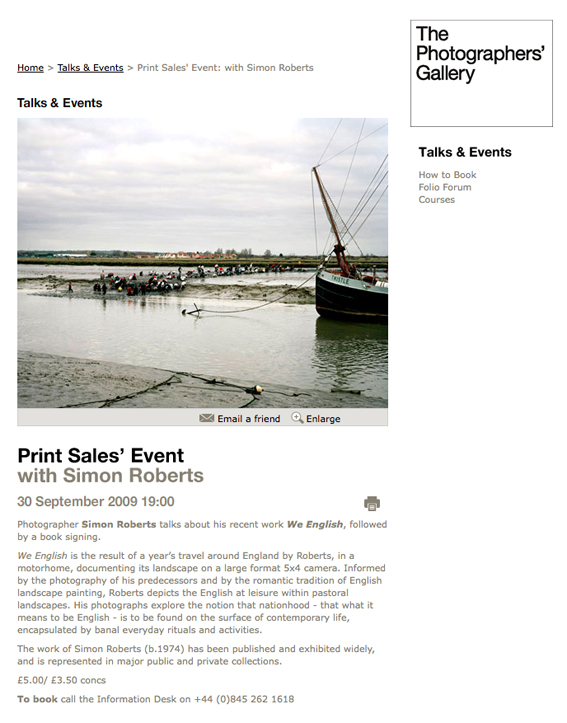
Posted in REVIEWS & PRESS | 1 Comment »
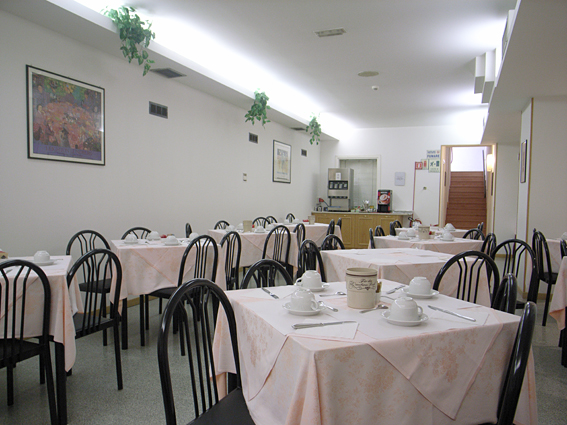
09.33am: Late start and a quiet breakfast.
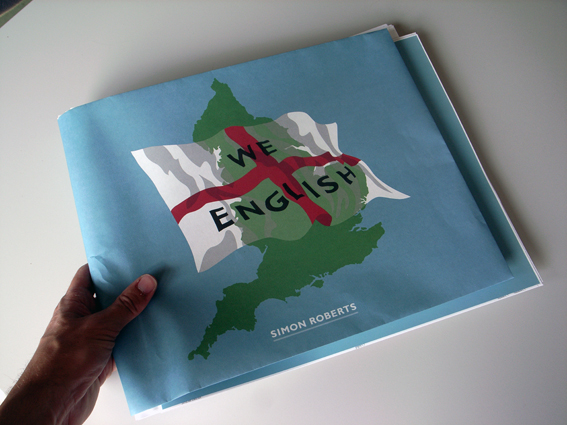
10.59am: I stop in at EBS to pick up an unbound copy of the book to show Mrs. R.
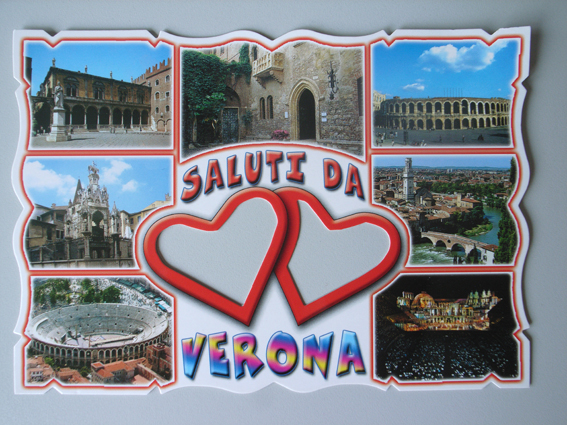
12.20pm: Postcard for Jemima.
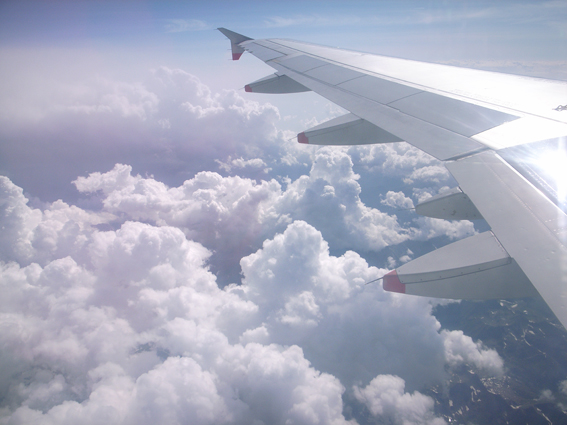
15.43pm: Heading home.
Posted in POST PRODUCTION | Comments Off on THE VERONA DIARIES – DAY 5
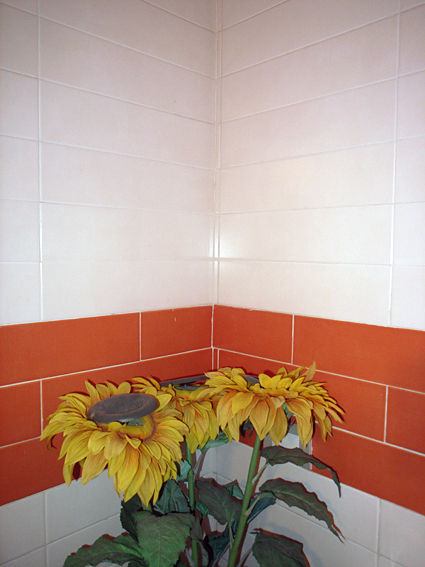
08.57am: Flowers in the hotel bathroom.
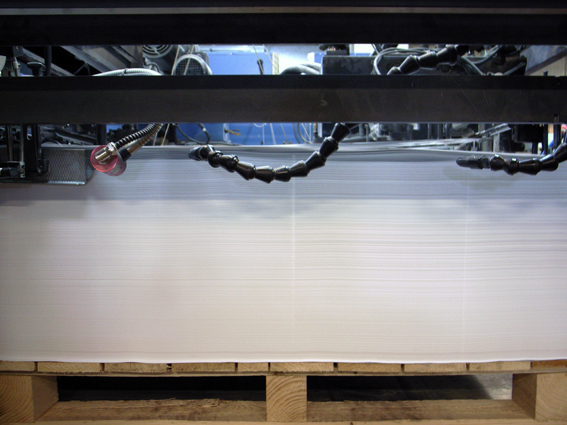
09.37am: The final sheet goes into the press.
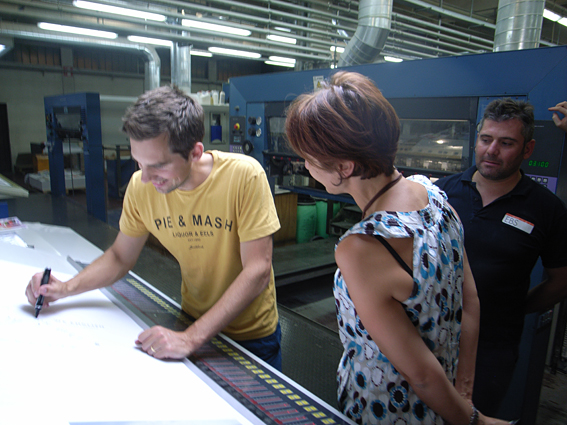
10.05am: Approving the final sheet!
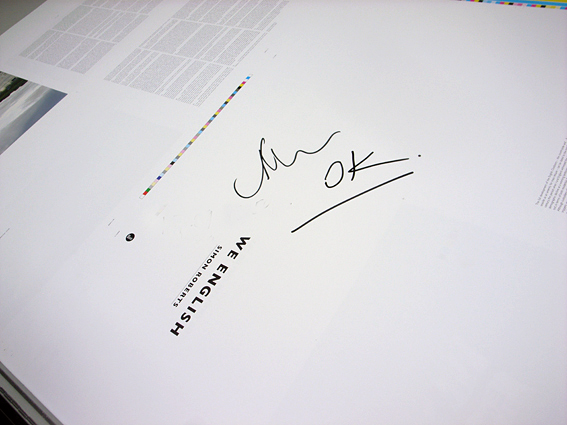
10.06am: Signing off.
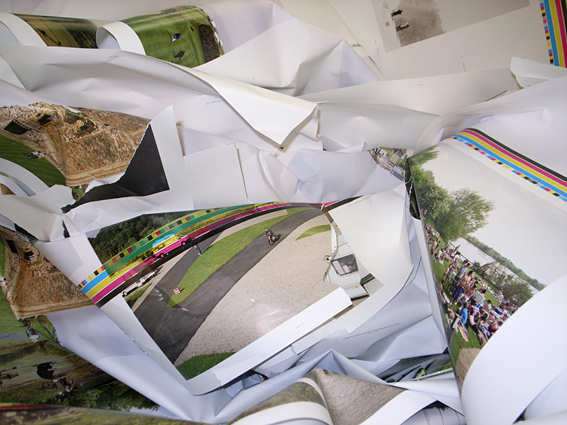
11.17am: The outtakes.
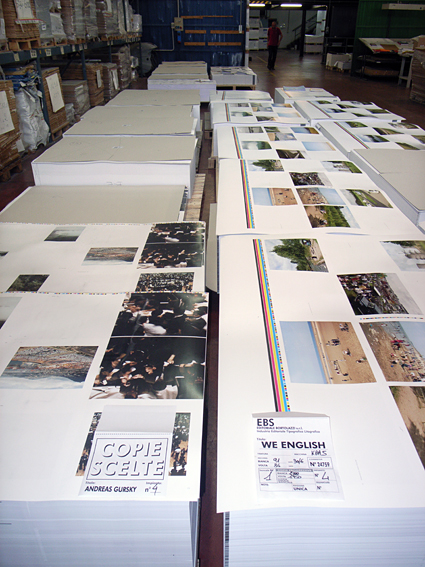
11.38am: Gursky (and me).
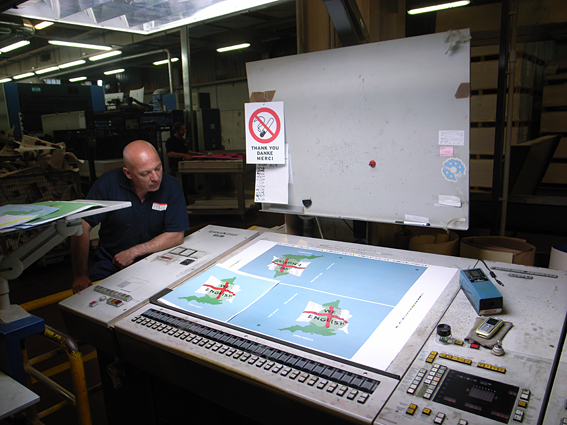
12.24apm: Kojak oversees the printing of the cover.
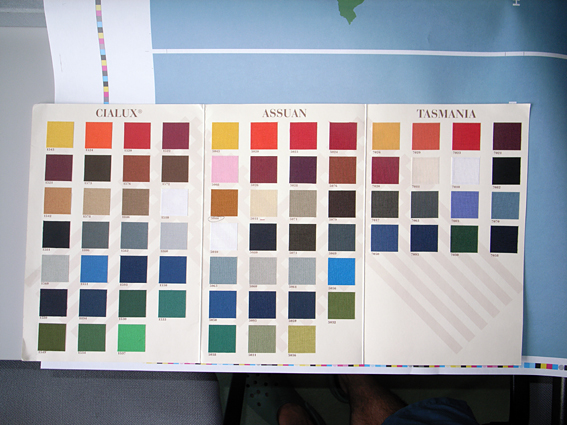
12.47am: Deciding on the cloth colour for the special edition box set.
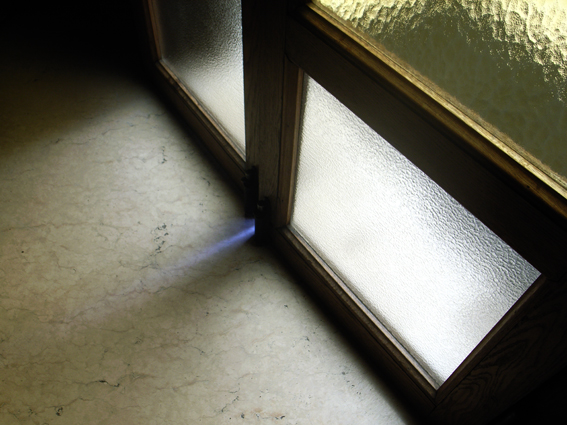
12.57pm: Light leak.
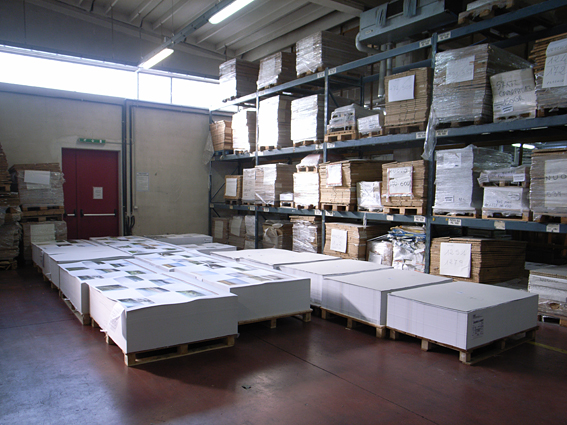
13.01pm: The book stacked and ready to be delivered to the bindery.
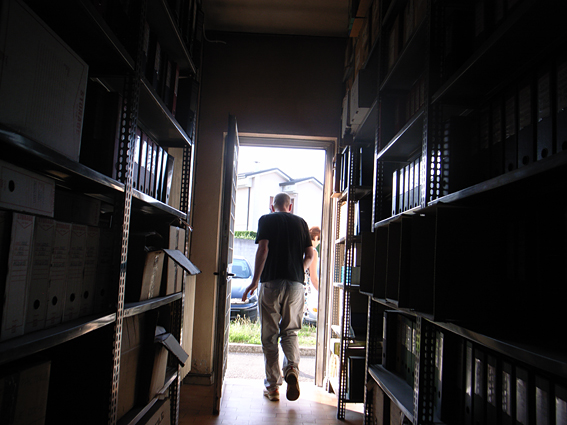
13.10pm: Our job is done! Chris heads back to London while I’ve got another night in Verona.
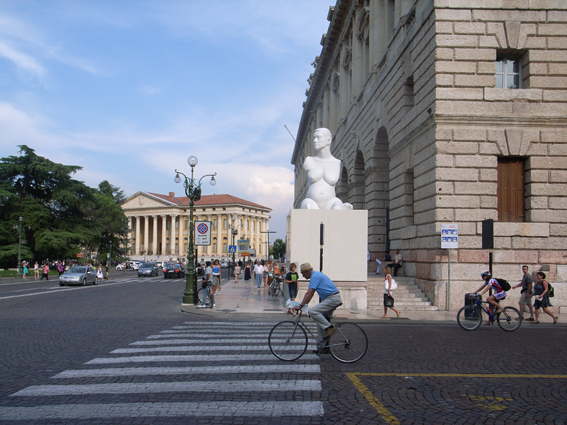
15.39pm: Marc Quinn’s statue ‘Alison Lapper, Pregnant’ in Verona’s main square.
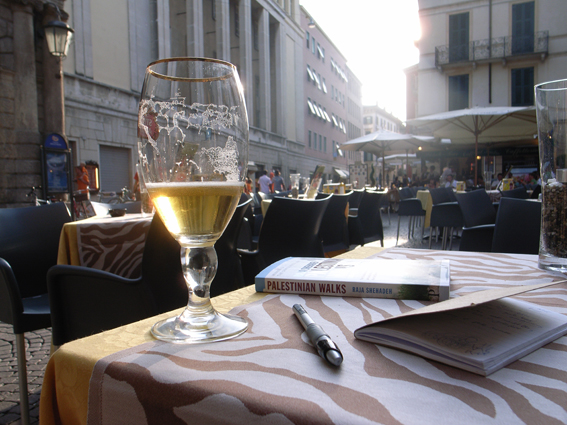
18.24pm: A beer at dusk.
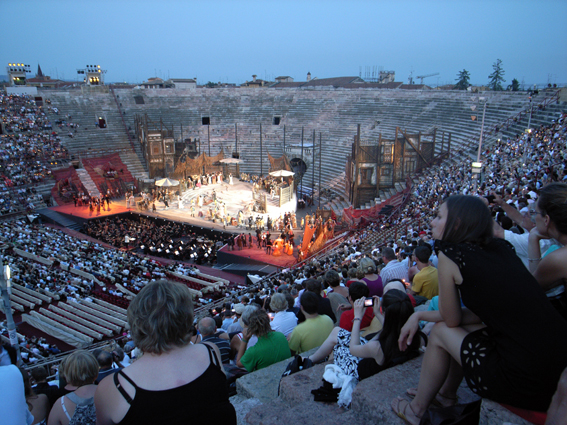
21.18pm: An evening with Carmen (and 15,000 others) at the Colesseum.
Posted in POST PRODUCTION | 2 Comments »
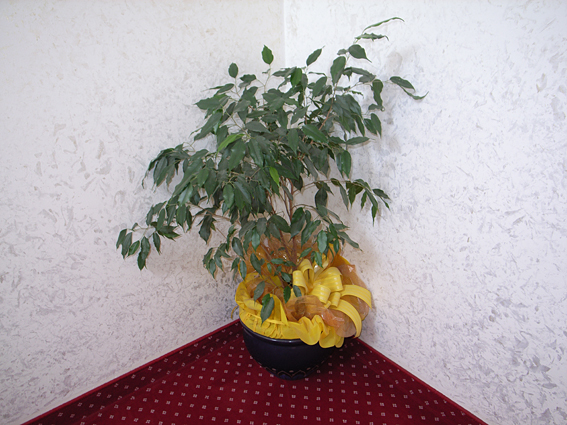
07.18am: Floral display on the way to breakfast.
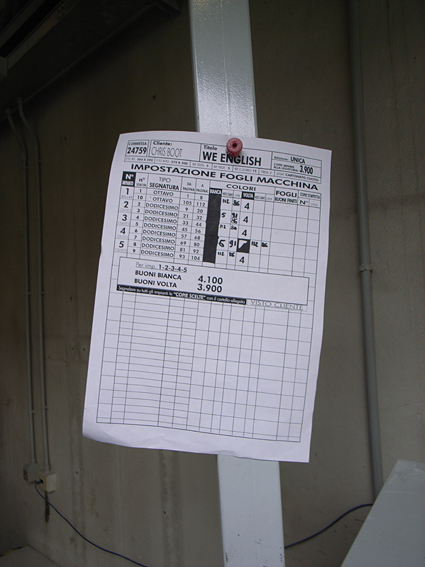
07.54am: Back on press and today’s printing schedule.
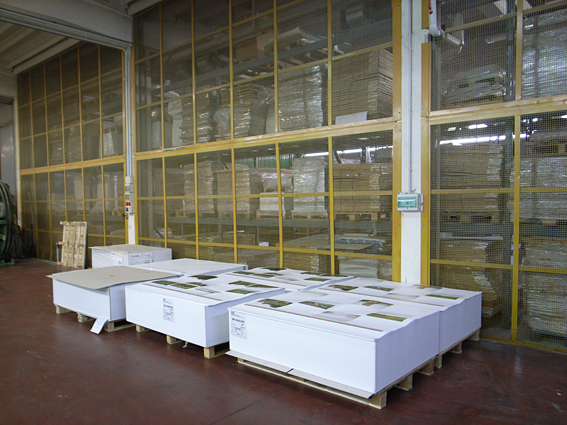
08.13am: Printed sheets from yesterday ready to be loaded back into the press (to be printed on reverse).
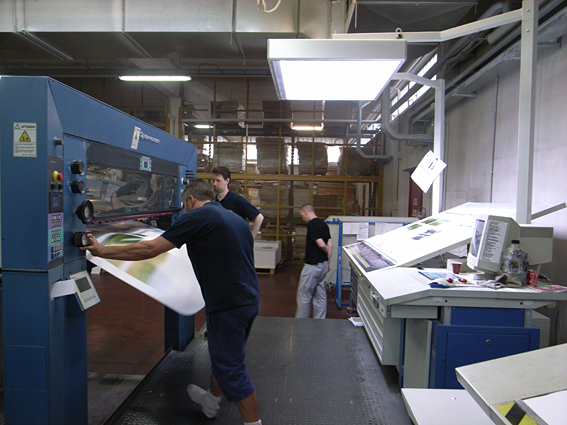
10.25am: The morning’s second sheet comes off the press for approval (the sixth overall).
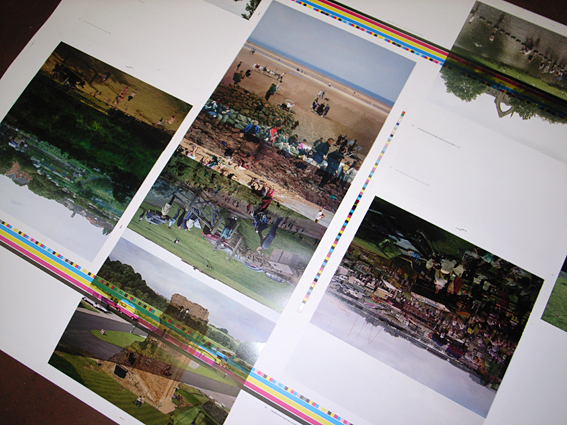
11.23am: Double exposure – recycling old sheets.
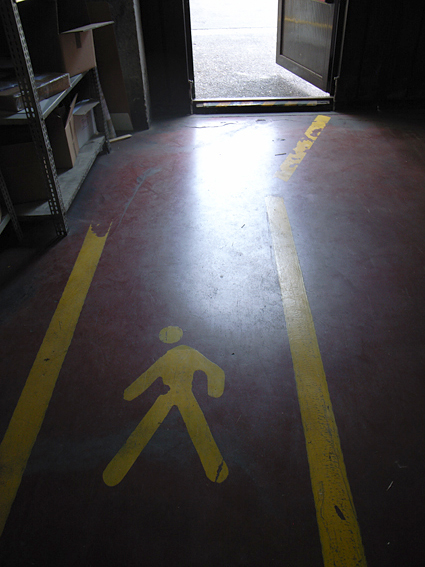
11.35am: Walk this way.
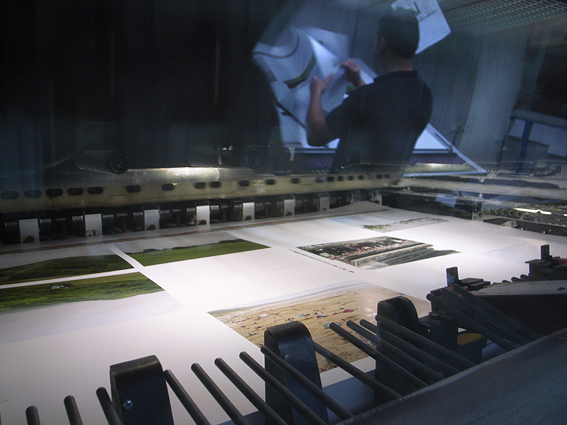
12.03pm: Preparing the seventh sheet.
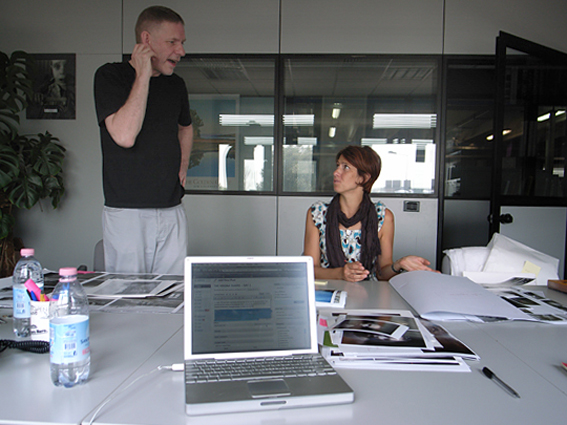
12.47pm: Discussions about choice of end papers.
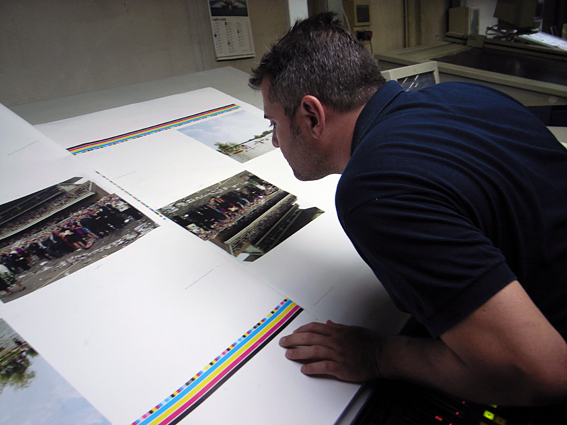
13.17pm: Our first real ‘problem picture’. It seems impossible to match the proofs.
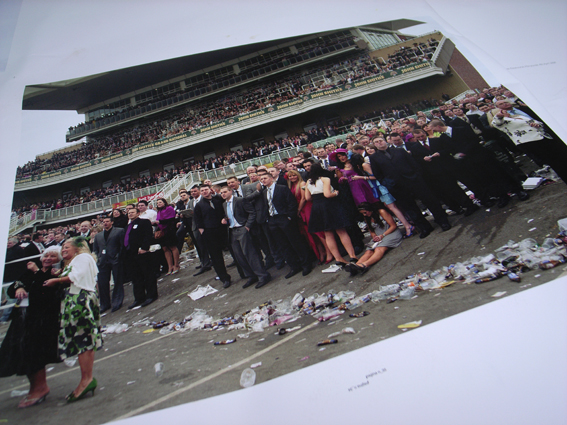
14.10pm: We finally get there after five passes on the press.
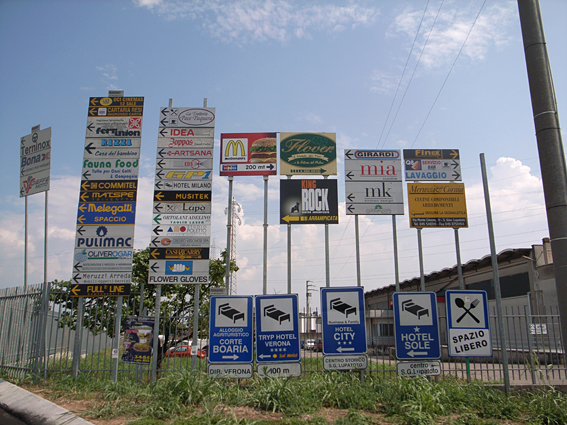
14.18pm: Off for a late lunch.
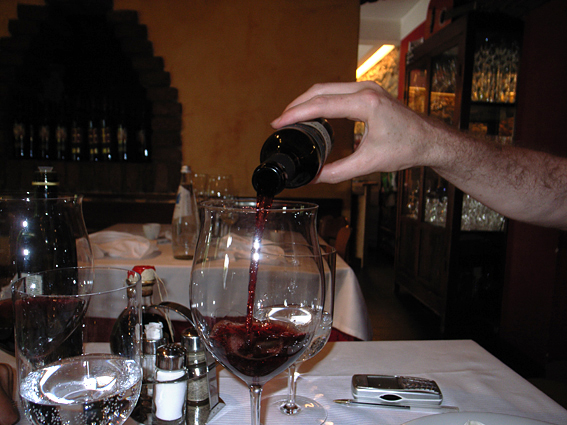
14.33pm: Alessandra treats us at a popular local eatery. Large wine glasses, but we opt for a small bottle!
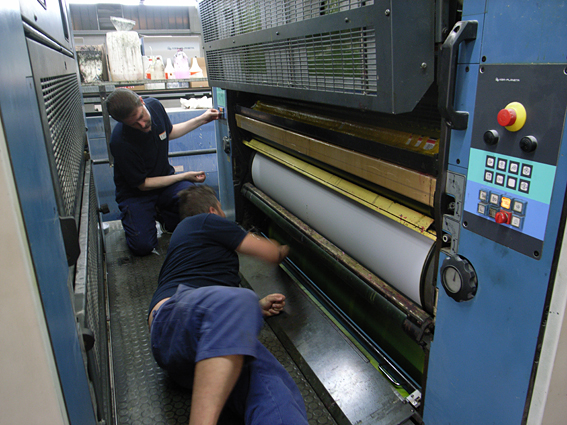
16.07pm: A new set of plates are installed for the next sheet.
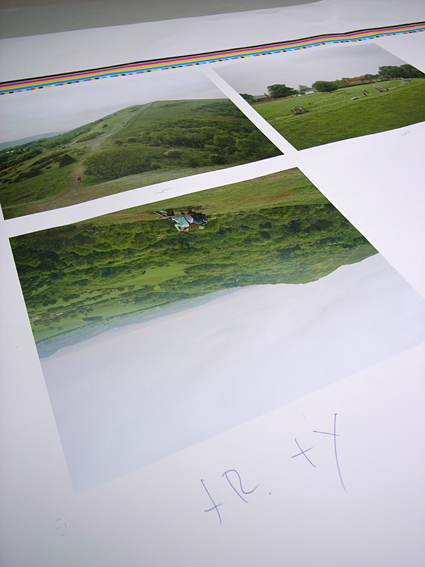
16.47pm: Add Red, Add Yellow and the eighth sheet is approved.
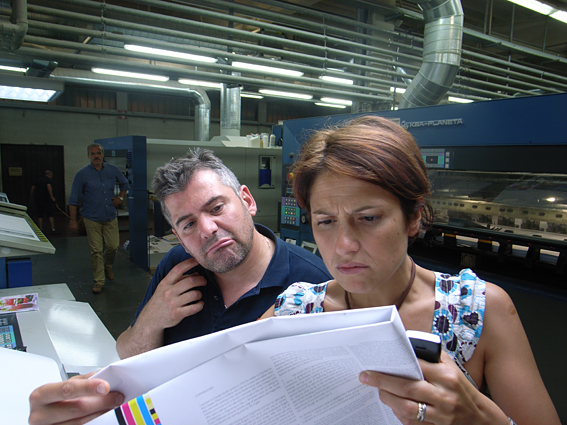
17.58pm: Closely inspecting one of the photographs on the last sheet of the day.
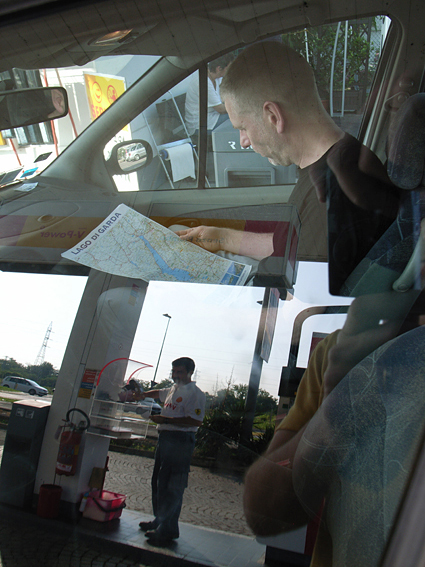
19.14pm: A quick petrol stop then back to Lake Garda for an evening swim.
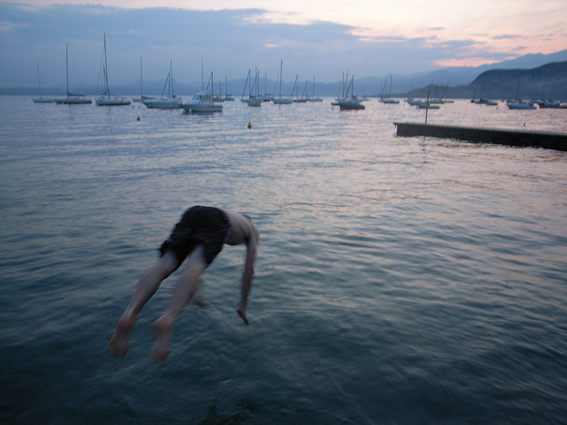
20.43pm: Cooling off at the end of the day.
Posted in POST PRODUCTION | 1 Comment »















































